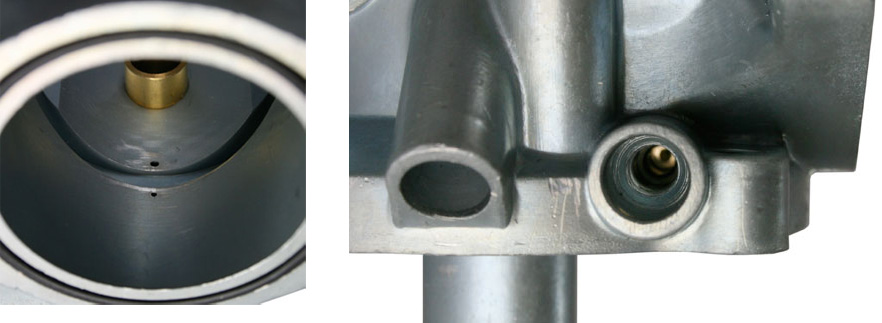Jdub
VIP MEMBER
- Joined
- Dec 1, 2018
- Messages
- 355
Warning - OT: The control of pictures by third- party hosters and your loss of ownership and recompense is well documented by Photobucket and others. The addition of photos clarifies and speeds your work which is satisfying.
If you have seen the threads only to be disappointed at pictures of cartoon cameras sad for lack of Benjamins you know how to do right by the gathered and for those to come.
Set your camera to pre-name and numerically sequence for example Norton_0001 and fire away. This and Excel have saved my forgetful brain many times.
If you have seen the threads only to be disappointed at pictures of cartoon cameras sad for lack of Benjamins you know how to do right by the gathered and for those to come.
Set your camera to pre-name and numerically sequence for example Norton_0001 and fire away. This and Excel have saved my forgetful brain many times.

